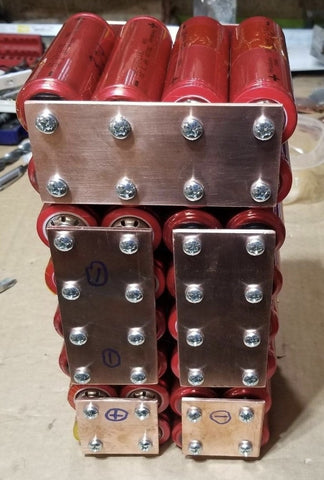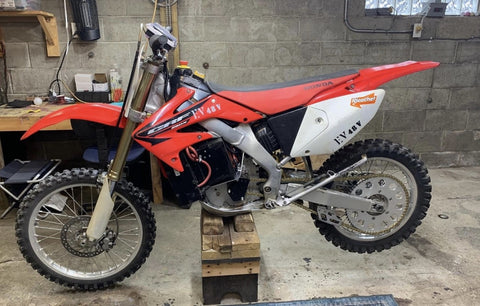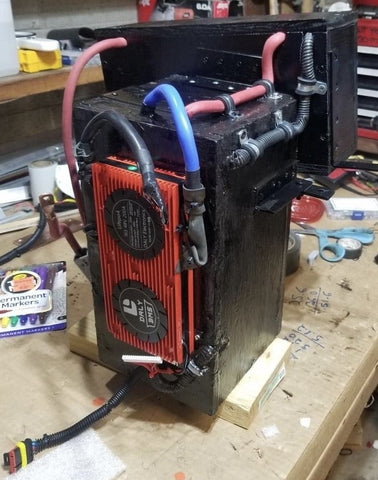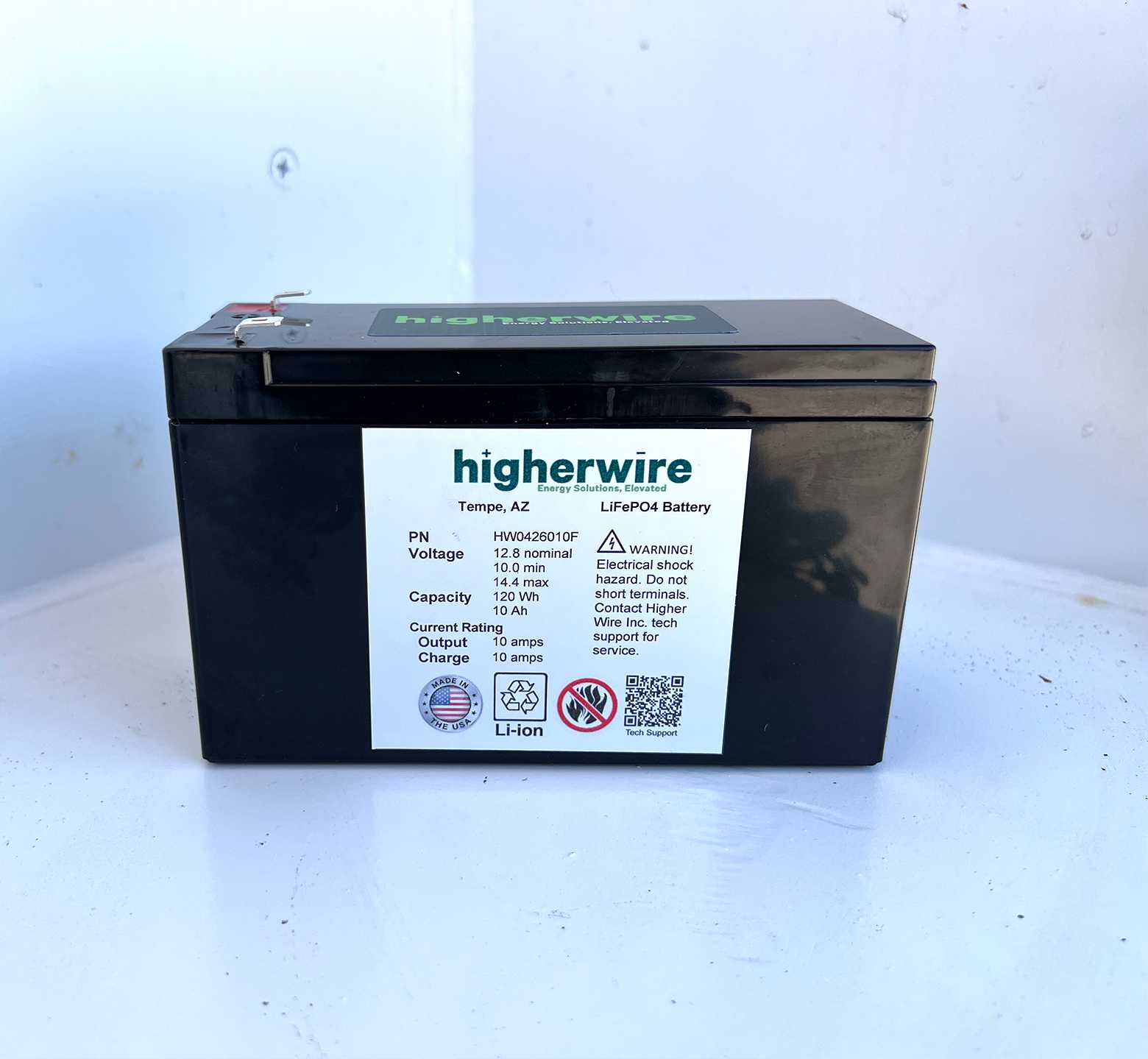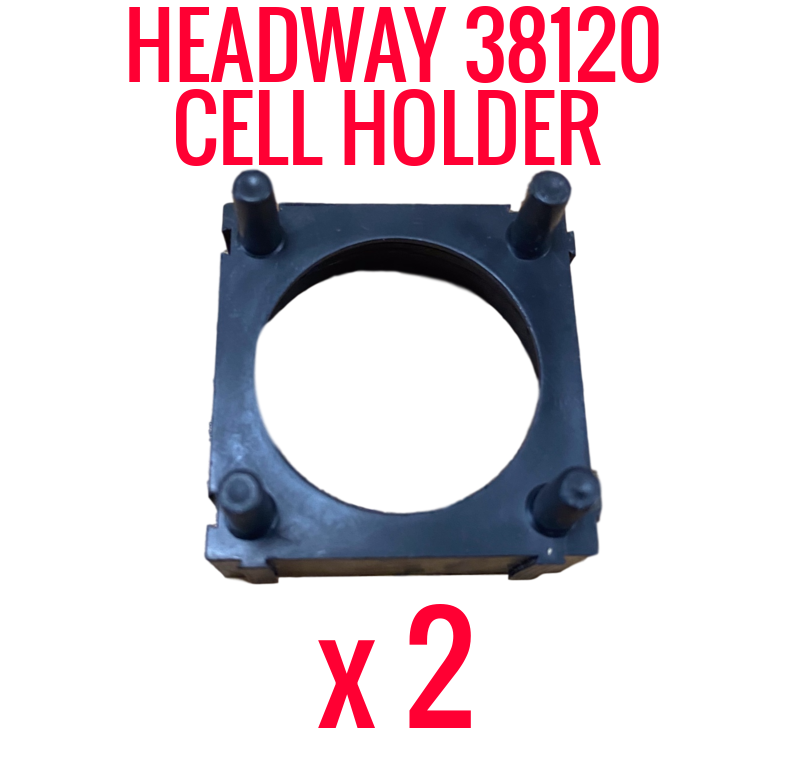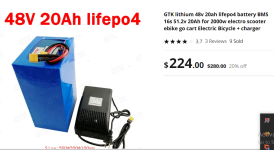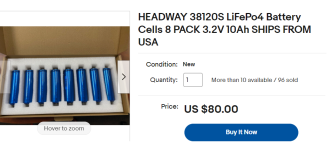sharinginfos
100 W
- Joined
- Sep 1, 2022
- Messages
- 172
hello Emark, What do you mean by I would have a challenge keeping the cells balanced? is there a way to apply setting so that the battery pack only operates in a window smaller than the weakest cell i would have allow? like to parameter the pack to only use 90 pourcent of the cell with lowest capacity? i just want something safe that i will not have to open and fiddle around after BUT i am willing to replace a weak cell from time to time since headway is easy to assemble. or maybe find out what voltage X is the weakest cell and only charge the pack to a voltage a bit even lower that X volt. is this a good idea?eMark said:Worth posting again with respect to those $5 (USED) Headway cells via BH. Assuming your Controller's amperage draw is rated at 7amps continuous and 15amps peak then that's easy-peasy for those 200A Headways (when new) even if only now usable for pulling no more than 50-80amps.The Battery Doctor said:I can give you some advice for free. Don't trust Headway! The few times we have seen larger (premium) headway batteries they usually have dead cells and large imballance after a few years! And 8AH cannot handle 200A! Thats wishfull thinking. Boosted got busted since A123 2500mah cells could not handle 70A! Reseller later revised the rating to 50A but that is NOT for cycle life! What are you gonna use A 48V8Ah battery for?
That said, it's likely you'll have a challenge keeping the cells balanced in your 16S1P DIY with used Headway cells. That's why no one would ever charge you for advice when building a pack with used cells of questionable quality.
Yet ... a worthwhile learning experience (one way or the other) along your DIY battery build journey. Only one way to find out. You should pre-test (capacity/IR) if possible and pre-balance the cells before your DIY build ... GOOD LUCK!
i looked at this video https://www.youtube.com/watch?v=-nPJFM4cLFY where the guy talks about top balance with bms , top balance with active balancer and the third bottom balance wich does not seem like a good idea...
I feel kind of lost see my questions at last post.. can you bring clarity please thx


